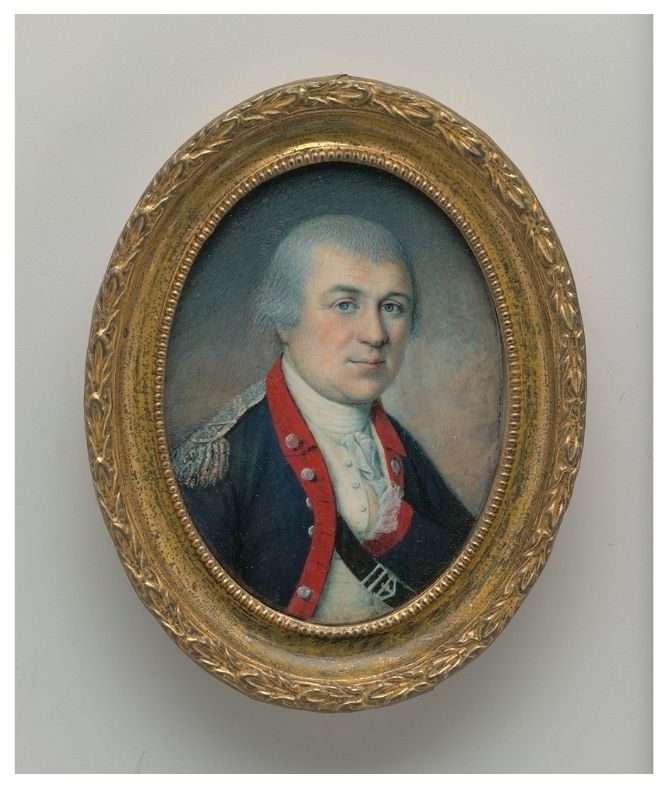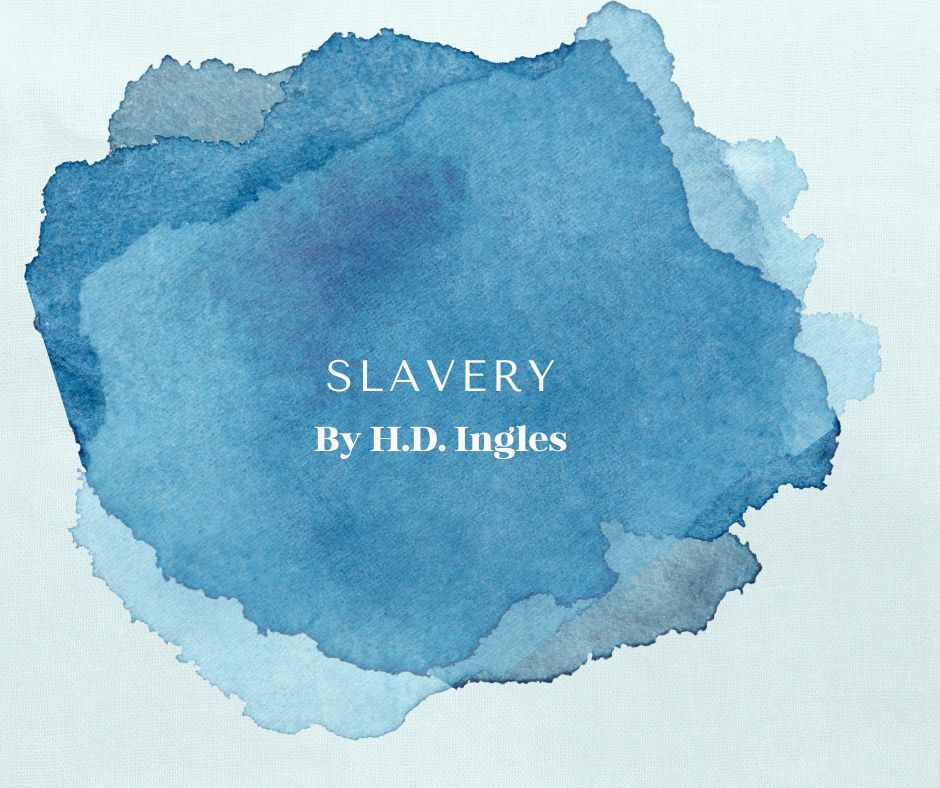Henry Knox was the seventh child in a family of ten children. His father was having financial difficulties when he died at the age of 50, so Henry was forced to leave school at an early age to seek employment. He became a bookseller’s apprentice.
Henry was an avid reader, especially the military and artillery. When he was twenty-one, he opened his own bookstore, which specialized in military subjects.
Bookseller to Soldier
Knox impressed John Adams, and in early 1775, Adams recommended Knox for a position in the Continental Army, and General Washington made Knox a colonel.
In the spring of 1775, Knox was assigned the task of constructing gun emplacements around Boston. General George Washington was quite impressed by his work.
Captured British Artillery
On May 10, 1775, Benedict Arnold and Ethan Allen attacked British Fort Ticonderoga in northern New York. It was a minor conflict and an easy American victory. The fort was remote and in upstate New York. It’s only purpose was to store munitions.
But the fort was very important to the American cause because Fort Ticonderoga had artillery, thousands of muskets, and a large cache of ammunition; all desperately needed by General Washington and the Continental Army.
Henry Knox Performs a Herculean Task
In the latter part of 1775, Henry Knox developed a plan. He suggested to General Washington that they could use artillery at Fort Ticonderoga to take Boston from the British.
Colonel Henry Knox was assigned the task of transporting the artillery to Boston.
Knox’s task was not an easy one. In winter weather, he commanded the transportation of very heavy artillery from northern New York to Boston.
Stop and Consider What Knox Accomplished
Over ice and snow, Knox transported 120,000-pounds of muskets, cannon, and ammunition from Fort Ticonderoga to Boston. That is to say, using teams of oxen and ice sledges, Knox and his men moved 60 tons of equipment 300 miles in 56 days.
After Colonel Knox provided General Washington with the artillery, the two men became friends. Knox became a valuable man to Washington.
Knox’s Artillery Gives Boston to General Washington
General Washington, with the aid of Colonel Knox, emplaced the captured artillery from Fort Ticonderoga and several thousand troops on Dorchester Heights, which overlooks Boston and Boston Harbor.
Because of the strategic artillery emplacement, General George Washington’s Continental Army had trapped British Lieutenant General William Howe’s army in Boston.
General Howe’s naval artillery in Boston Harbor could not reach Washington’s artillery because of its elevation. As a consequence of this situation, General Howe was forced to evacuate Boston.
General Washington made Colonel Knox the Continental Army Chief of Artillery, a position which he held for the remainder of the War.
The Battle of Trenton
After a disastrous 1776 in New York, the Continental Army wintered in Pennsylvania. The army was lacking in supplies and food, and many enlistments would be up at the end of the year. Washington asked his men for one more effort. It was there that General Washington made the historical and tide-turning decision to attack the Hessians at Trenton, New Jersey. Washington had an overwhelming victory.
At the Battle of Trenton, December 26, 1776, Colonel Knox impressed General Washington so much with the brilliant handling of his artillery that Washington promoted Colonel Knox to Brigadier General Knox.
The Remainder of the War
Henry Knox fought in almost every significant battle in the Revolutionary War.
General Knox placed the artillery for General Washington during the victorious siege of Yorktown.
Brigadier General Knox rose to the rank of major general.
One Final Service For His Country
When General Washington became President Washington, Henry Knox became our first Secretary of War.
More about Knox:




